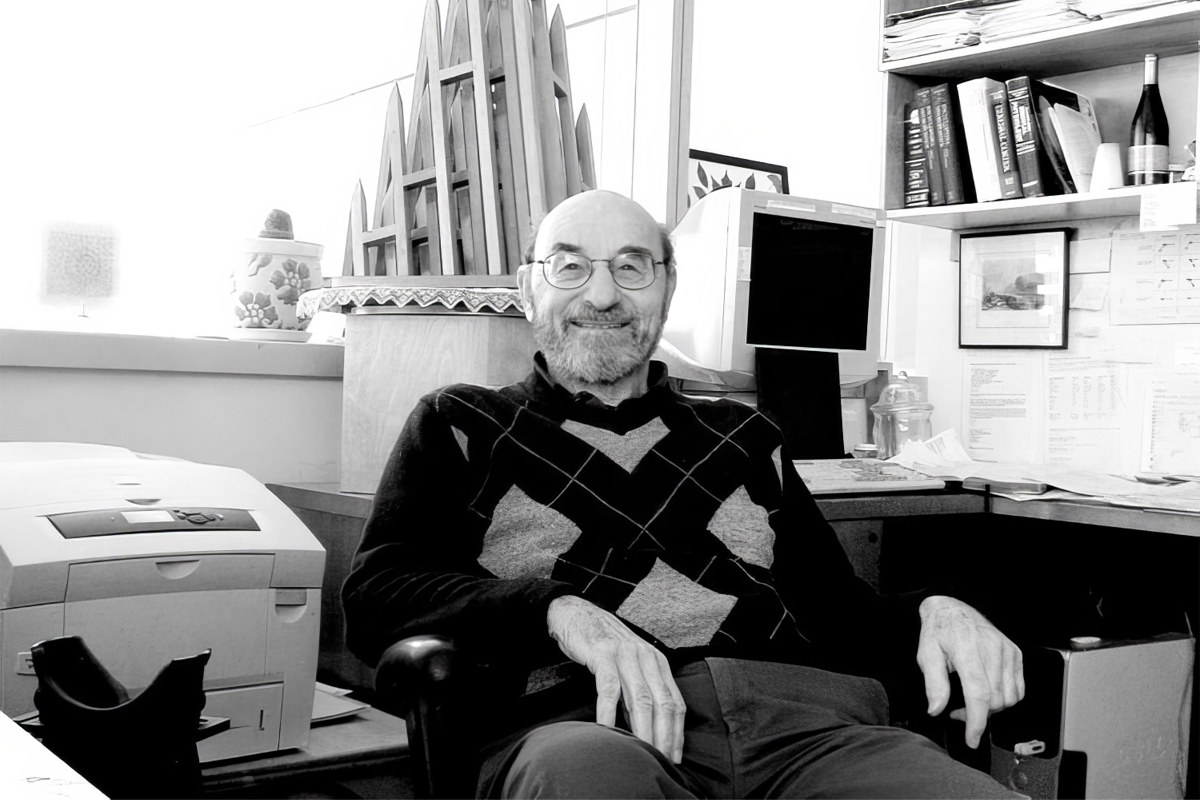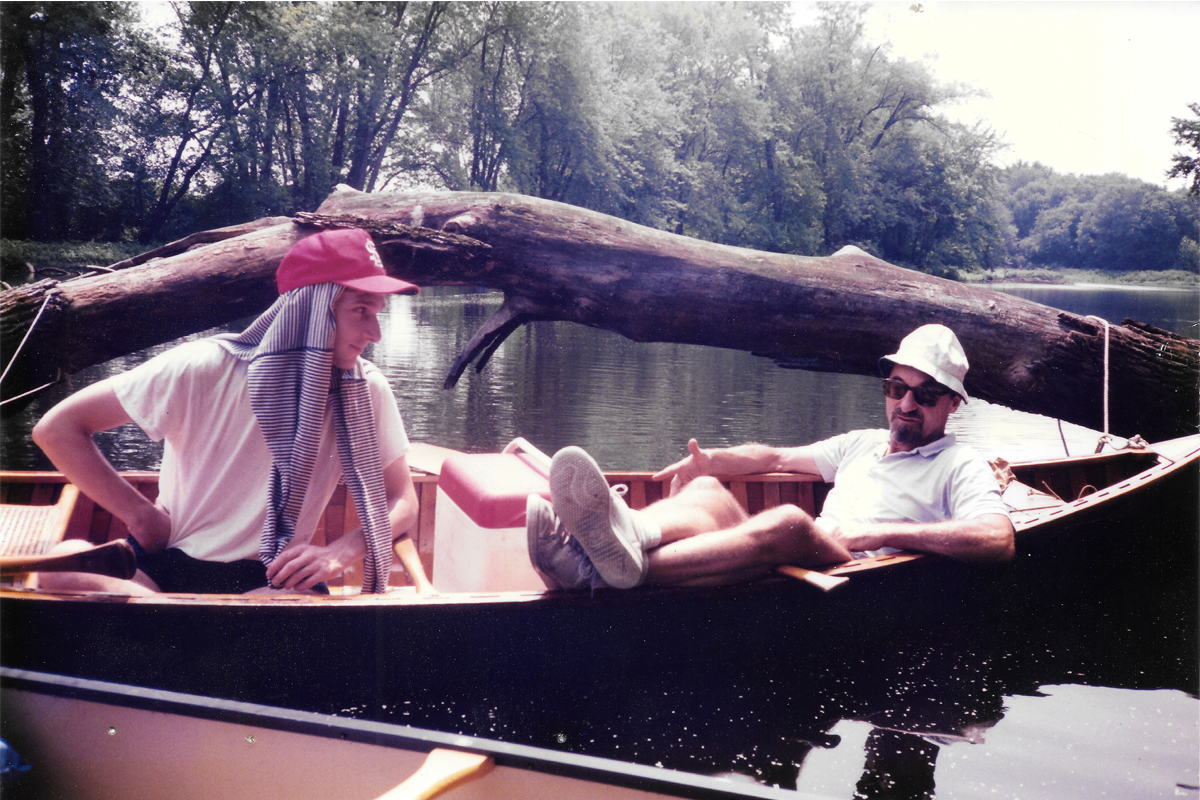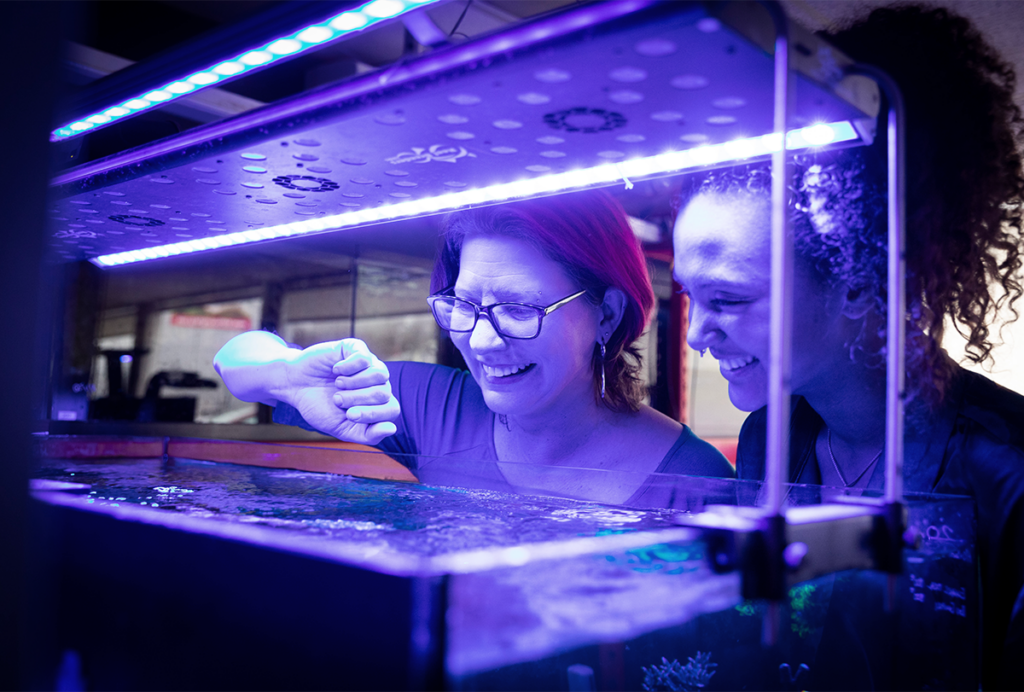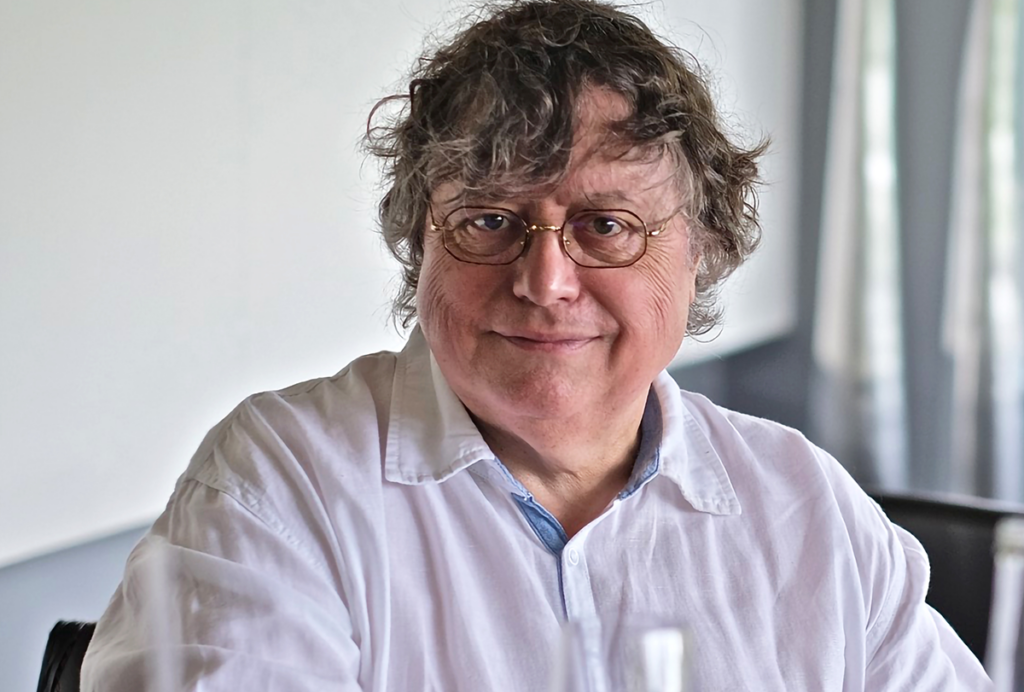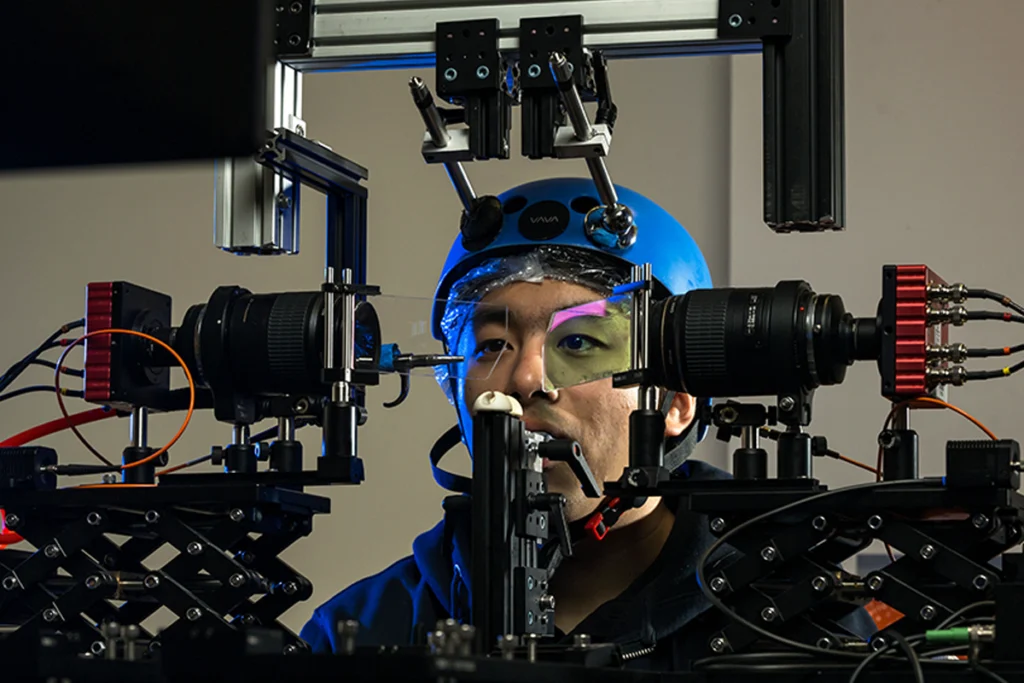When Peter Schiller, professor of neuroscience at the Massachusetts Institute of Technology, taught graduate lectures on the visual system, he would sometimes lie on a table, one arm in the air, and mimic the movement of a dark bar across a projector screen. He wanted his students to understand what David Hubel and Torsten Wiesel saw in their foundational experiments on the primary visual cortex of a cat, recalls Michael C. Frank, professor of human biology at Stanford University, who attended one such lecture.
During Schiller’s reenactment, he would sweep his arm toward the class, imitating the researchers’ movement of the bar in one direction, and he would tell the students that the recorded neuron emitted a steady “bap … bap … bap.” The cell did not respond to this stimulus. Then he would twist his arm and move it another way. If the orientation of the bar was just right, he would shout, “Brrrrrap!” — the sound of a neuron suddenly crackling with activity. He would move his arm back and bring it across his body again and again to demonstrate the neuron’s selective and consistent response to that stimulus. “Brrrrrap! Brrrrrap! Brrrrrap!”
“He did everything intensely,” says Marc A. Sommer, professor of biomedical engineering at Duke University and one of Schiller’s former graduate students. Sommer also remembers the time Schiller came to class with blood on his shirt, having gotten into a fight with a cab driver on the way. Schiller shrugged it off and began teaching, Sommer says.
Over the course of a more than 50-year career, Schiller meticulously dissected the complex relationship between neural activity and visual perception. He pioneered electrophysiology studies in awake monkeys and designed experiments to tease out perceptual contributions from different parts of the visual pathway, from the frontal eye field to the retina and, later, extrastriate areas such as V4. Those findings helped form the field’s understanding of the visual system. “He was a real giant in the field that way,” Sommer says.
S
chiller was born in 1931 in Berlin, Germany, where his father, Paul Harkai Schiller, a well-known psychologist, spent time as a postdoctoral researcher. Both his parents were from Hungary, and they moved back to Budapest in 1934. There, Schiller grew up amidst the destruction and chaos of World War II, including air raid sirens and dead bodies in the streets. He and his friends collected abandoned weapons for sport, and his family’s home was at one point occupied (and ravaged) by invading Russian soldiers, Schiller wrote in his chapter of “The History of Neuroscience in Autobiography.” He recalled, “Life gradually returned to normal but did so without ever erasing the impressions and memories of these war years.”After the war, Schiller’s father took a job at the Yerkes Laboratories of Primate Biology, which was then located in Orange Park, Florida. Schiller joined his family there in 1948 and became immersed in the world of research. He helped out with experiments, cared for lab animals and became close with the other investigators, including Harvard University neurobiologist Karl Lashley.
Schiller spent his college years at Duke University, where he studied psychology, played soccer and tennis and fell in love with Ann Howell, whom he married shortly after graduating in 1955. Schiller was then drafted into the U.S. Army. He was stationed in Frankfurt, Germany, when the Hungarian Revolution of 1956 broke out, and he served as a translator.
He later earned his Ph.D. in psychology at Clark University for his research on visual perception. For that work, Schiller designed a stereoscopic tachistoscope, which could present different stimuli to each eye, enabling him to study the effect of binocular rivalry on the appearance of different visual illusions. He also investigated the phenomenon of visual masking, in which one stimulus is rendered invisible by the presence of another. Some forms of masking, he found using the tachistoscope, require the stimuli to be presented in the same eye, whereas others do not, suggesting that illusions can happen at different stages of visual processing.
He did postdoctoral research at MIT, where he set out to learn how to perform neurophysiology experiments. It was a time when “laboratories were made of wood and the scientists of iron,” says Michael (Mickey) Goldberg, professor of brain and behavior in neuroscience and neurology in psychiatry and ophthalmology at Columbia University. Schiller learned how to make his own microelectrodes; conducted studies in the cat retina that revealed the neural origin of brightness masking, or the fact that the perceived brightness of a stimulus can be altered by presentation of another stimulus; and worked to understand the time course of retrograde amnesia in rats.
S
chiller was perhaps best known for his work studying the superior colliculus in the non-human primate, which he conducted after joining the faculty at MIT in 1964. By the early 1970s, Goldberg and his colleagues, who were studying the superior colliculus in awake monkeys, had found that the animals’ attention seemed to modulate neuronal activity in that area. Schiller’s work, on the other hand, revealed that cells in the superior colliculus controlled eye movement, sparking a friendly rivalry over their interpretations of the region’s function.The two teams stayed in communication and shared their findings, even as they feared being scooped by each other. “It was a very productive rivalry,” says Michael Stryker, professor of physiology at the University of California, San Francisco, who was a graduate student in Schiller’s lab at the time and a co-author on that eye-movement work.
Later research would validate both teams’ ideas: The superior colliculus controls eye movement, using a “vector code” as described by Schiller and his colleagues, and it is also modulated by attention. “Quite often when there’s a scientific dispute, the answer is usually ‘both,’” Goldberg says.
Schiller went on to train more than 20 graduate students and dozens of postdocs and other lab researchers during his time at MIT. “He was a singular figure,” Stryker says. “He had very high standards, and he was not at all reluctant to express them.”
